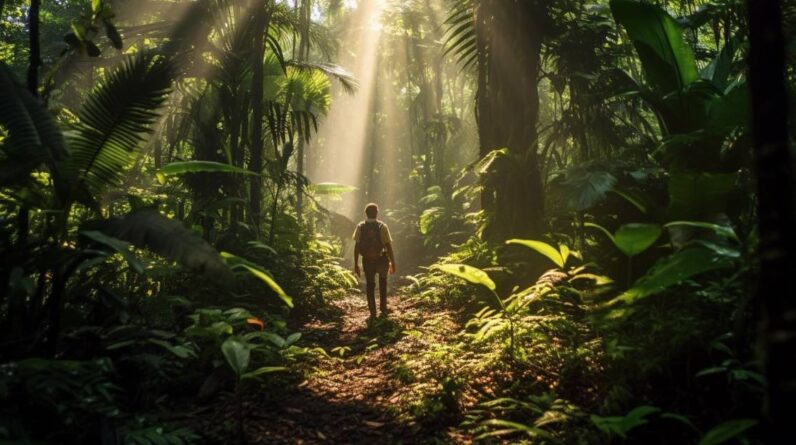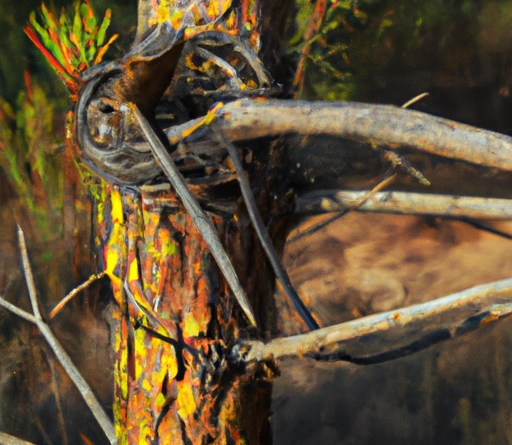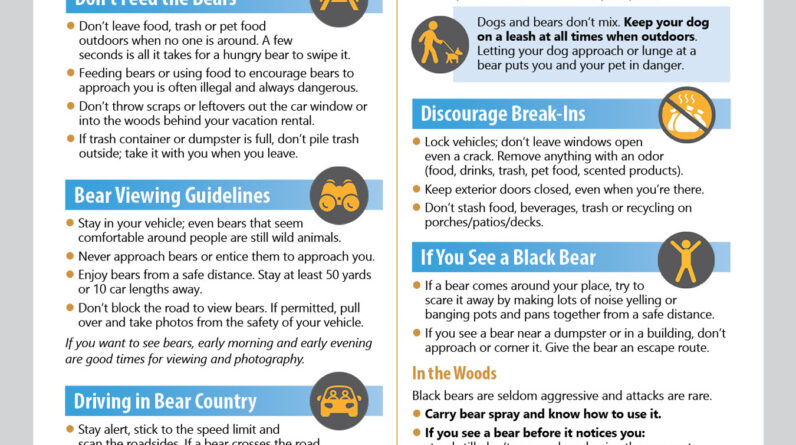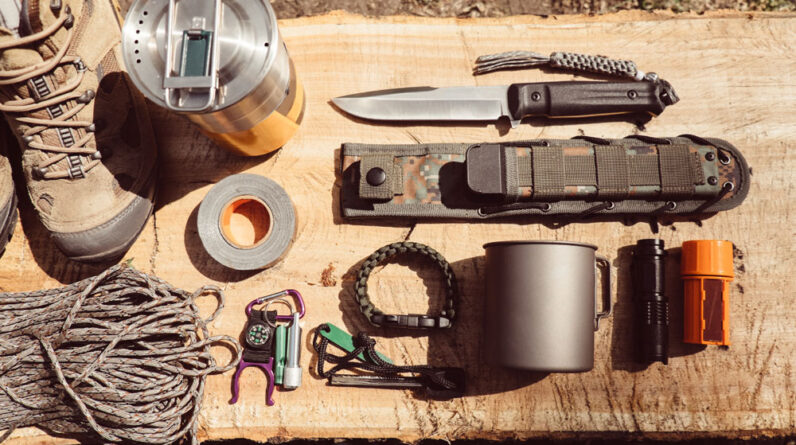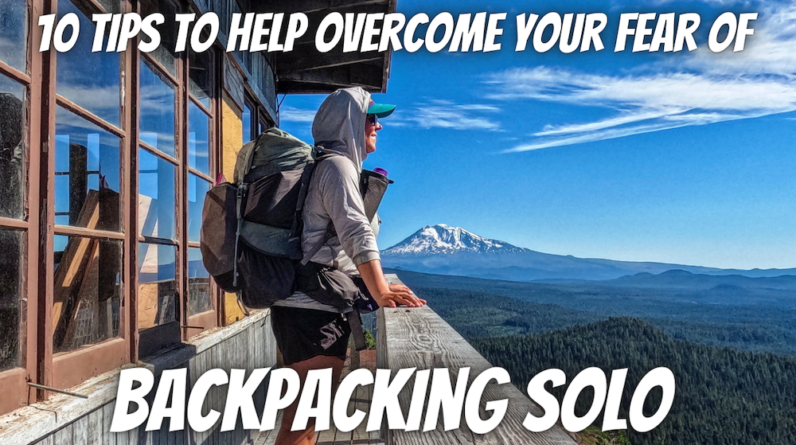
Choosing the Right Equipment
When embarking on a solo backpacking adventure, it is crucial to choose the right equipment to ensure your safety and comfort throughout the journey. As you venture into the wilderness, you will heavily rely on your backpack, sleeping gear, and cooking utensils.
Selecting a Quality Backpack
Your backpack will be your faithful companion, carrying all your essentials. Opt for a sturdy and durable backpack that fits comfortably on your shoulders. Look for features such as padded straps, adjustable waist belts, and multiple compartments for efficient organization. A waterproof backpack is also essential to shield your belongings from unexpected downpours.
Choosing the Appropriate Sleeping Gear
A good night’s sleep is vital for your well-being during your backpacking adventure. Invest in a high-quality sleeping bag that is suitable for the environment you will be camping in. Ensure it provides sufficient insulation and is lightweight for easy transportation. Additionally, a comfortable and durable sleeping pad will provide insulation from the ground and improve your overall sleep quality.
Picking the Right Cooking Utensils
Nutrition is key when solo backpacking, and having the right cooking utensils is essential. Look for lightweight, compact, and durable options that are easy to pack. A lightweight camping stove and a set of utensils that are easy to clean should be prioritized. Don’t forget to include a reliable water purification system to ensure a safe water source wherever you go.
By carefully selecting your backpack, sleeping gear, and cooking utensils, you’ll be well-equipped for your solo backpacking adventure. Remember, these essential survival strategies will enhance your experience and provide peace of mind as you explore the great outdoors.
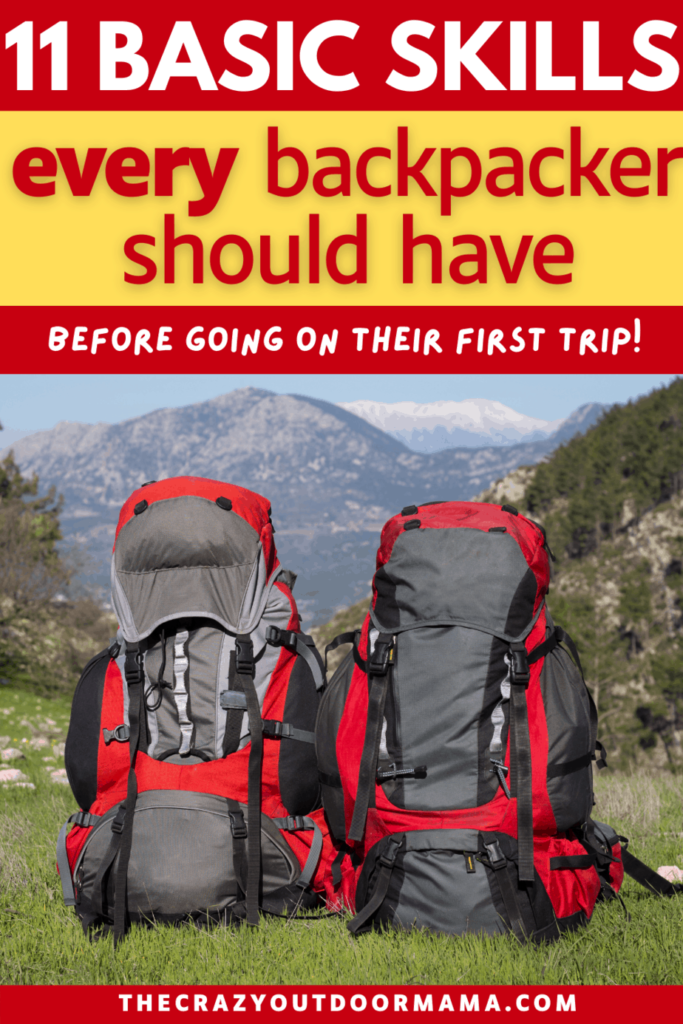
Planning and Preparing
Researching the Destination
When embarking on a solo backpacking adventure, thorough research is crucial to ensure a safe and enjoyable trip. Before setting off, gather information about the destination: its climate, terrain, wildlife, and potential hazards. Understanding these factors will help you pack essential gear and equipment, such as appropriate clothing, navigation tools, and adequate supplies.
Creating a Detailed Itinerary
Having a detailed itinerary is essential for solo backpacking. Plan your route, marking potential campsites and water sources along the way. Share your itinerary with a trusted friend or family member, providing them with your estimated arrival dates at each destination. This way, they can alert authorities if there are any unexpected delays or emergencies.
Learning Essential Survival Skills
While solo backpacking, it’s important to equip yourself with essential survival skills. Familiarize yourself with techniques such as setting up a shelter, purifying water, starting a fire, and basic first aid. Practice these skills before your trip to build confidence in your abilities, ensuring you’re prepared for any unforeseen circumstances.
By thoroughly researching your destination, creating a detailed itinerary, and acquiring essential survival skills, you can confidently embark on your solo backpacking adventure. Remember to always prioritize safety and constantly assess your surroundings. With proper planning and preparation, your journey will be filled with thrilling experiences and unforgettable memories.
Building Physical Endurance
When embarking on solo backpacking adventures, it’s crucial to have the physical endurance necessary to tackle the challenges that lie ahead. To ensure a successful and enjoyable trip, you need to focus on building your physical fitness and stamina.
Developing a Fitness Routine
A well-rounded fitness routine is the foundation for building physical endurance. Incorporate aerobic exercises such as running, swimming, or cycling into your routine to improve cardiovascular health and stamina. Strength training exercises, like squats and lunges, will help build muscle strength for carrying heavy loads. Flexibility exercises like yoga or Pilates will enhance your agility and reduce the risk of injuries. Remember to start slowly and gradually increase the intensity and duration of your workouts.
Building Stamina for Long Hikes
To prepare for long hikes, gradually increase the length and difficulty of your training hikes. Start with shorter hikes and progressively increase the distance and elevation gain over time. This will gradually improve your stamina, allowing you to tackle longer and more challenging trails confidently. Practice carrying a backpack with weights during your training hikes to simulate the actual backpacking experience and build endurance.
Training for Carrying Heavy Loads
Carrying a heavy backpack for extended periods can be physically demanding. To prepare for this, gradually increase the weight of your training pack over time. Start with a lighter load and gradually add weight until you reach your desired level. This will help your body adapt to the strain and build the necessary strength to carry heavy loads comfortably.
By focusing on building your physical endurance through developing a fitness routine, building stamina for long hikes, and training for carrying heavy loads, you will be well-prepared for the challenges of solo backpacking adventures. Remember to listen to your body, take breaks when needed, and stay hydrated throughout your journey. Happy backpacking!
Navigating the Wilderness
When embarking on a solo backpacking adventure, one of your top priorities should be navigating the wilderness safely and effectively. Getting lost in the vast unknown can be a terrifying experience, so it’s crucial to equip yourself with the necessary survival strategies. Here are some essential tips to help you navigate your surroundings with confidence.
Learning How to Use a Compass
A compass is an invaluable tool for orienteering in the wilderness. Take the time to familiarize yourself with its basic components and learn how to use it properly. Understand concepts such as magnetic declination and how to read a compass needle. By mastering these skills, you’ll be able to navigate your way through even the most challenging terrains.
Navigating with a Map
While technology can be incredibly helpful, relying solely on GPS and technology is not always advisable. A paper map is an essential backup that can’t lose battery or signal. Learn how to read topographic maps, identify landmarks, and plot routes. Practice map-reading skills in different environments to improve your proficiency and strengthen your confidence in wilderness navigation.
Using GPS and Technology
Although using GPS and technology as your primary navigation method has its limitations, it can still be beneficial when supplemented with traditional navigation tools. Invest in a reliable GPS device or use navigation apps on your smartphone. Familiarize yourself with the functions and features of your chosen technology, and always carry spare batteries or a portable charger to ensure you stay connected.
Remember, developing strong navigation skills takes practice and patience. By honing your compass use, map reading, and GPS proficiency, you can confidently explore the wilderness during your solo backpacking adventures.

Understanding First Aid
When embarking on a solo backpacking adventure, it is crucial to equip yourself with essential survival strategies to ensure your safety throughout the journey. One of the most important aspects of being prepared is understanding first aid. Accidents can happen at any time, and being knowledgeable in this area can make all the difference.
Carrying a Comprehensive First Aid Kit
Your first step should be to assemble a comprehensive first aid kit. Include items such as bandages, antiseptic wipes, pain medication, adhesive tape, and burn ointment. Additionally, pack any personal medications you may require. Having a well-stocked first aid kit will provide you with the necessary supplies to handle minor injuries or illnesses that may arise during your adventure.
Learning Basic First Aid Techniques
While having a first aid kit is essential, knowing how to use its contents is equally important. Take the time to learn basic first aid techniques, such as treating cuts, sprains, and burns. Familiarize yourself with cardiopulmonary resuscitation (CPR) and the Heimlich maneuver, as these skills could potentially save a life in an emergency situation.
Knowing When to Seek Professional Help
As a solo backpacker, it is crucial to know when a situation requires professional medical assistance. Be aware of the signs and symptoms that may indicate a more serious condition, such as fever, severe pain, or difficulty breathing. Trust your instincts and seek help if you have any doubts about your ability to handle a medical issue on your own.
By understanding first aid, carrying a comprehensive first aid kit, learning basic techniques, and knowing when to seek professional help, you will be well-prepared to handle any health-related challenges that may arise during your solo backpacking adventure. Stay safe and enjoy your journey!
Mastering Fire Building
When embarking on solo backpacking adventures, it is crucial to master the skill of building a fire. Not only does fire provide warmth and comfort, but it is also essential for cooking food and purifying water. To ensure a successful fire, you need to become proficient in identifying and gathering the right firewood, understanding different fire building techniques, and ensuring fire safety.
Identifying and Gathering Firewood
Before you start building a fire, you must gather sufficient firewood. Look for dry, dead wood that easily breaks when snapped. Fallen branches and twigs are ideal, but avoid green or damp wood as it will be difficult to ignite. Be respectful of nature and only collect dead wood that is lying on the ground, as removing living trees or branches can harm the environment.
Different Fire Building Techniques
There are several fire building techniques to learn, including the teepee, log cabin, and lean-to methods. Each technique has its advantages and works best in different situations. Experiment with these techniques during practice sessions before your backpacking adventure, and remember to always have a backup plan in case one method fails.
Ensuring Fire Safety
Safety should always be your top priority when building a fire. Choose a suitable location away from flammable objects, overhanging branches, and dry grass. Clear the area and create a fire ring using rocks to further prevent the fire from spreading. Once the fire is lit, never leave it unattended, and always ensure that it is fully extinguished before leaving the campsite. Carry a fire extinguisher or water source nearby to extinguish the fire quickly if necessary.
By mastering fire building, you will equip yourself with a vital survival skill during solo backpacking adventures. Practice regularly, educate yourself on fire safety precautions, and always prioritize the protection of the environment.
Locating and Purifying Water
When embarking on a solo backpacking adventure, one of the essential survival strategies you must master is locating and purifying water. Without a doubt, water is the lifeline of any outdoor expedition. Ensuring a continuous supply of clean, safe water is crucial for your well-being and overall success on the trip.
Finding Reliable Water Sources
The first step in this strategy is to identify reliable water sources. Look for running water, such as creeks, rivers, or streams. These are usually fresh and less likely to be contaminated. Keep an eye out for animal tracks, as they can lead you to watering holes. In addition, familiarize yourself with topographical maps and guidebooks that highlight potential water sources along your route.
Different Water Purification Methods
Once you’ve found a water source, it’s important to purify it before consumption. There are several methods you can use, such as boiling, using water filters, or employing chemical treatments like iodine tablets. Boiling water for at least five minutes kills most pathogens, while filters remove impurities and chemical treatments neutralize harmful bacteria and viruses.
Managing Water Usage
Water management is crucial in a solo backpacking adventure. Prioritize essential activities such as drinking, cooking, and hygiene. Additionally, conserve water by reusing it for multiple purposes. For example, after washing dishes, use the leftover soapy water for cleaning your gear or even washing your body.
By mastering the skill of locating and purifying water, you ensure your well-being and increase your chances of survival during solo backpacking adventures. Remember, staying hydrated and maintaining good hygiene are key factors in enjoying a successful and safe expedition.

Rest and Recovery
When embarking on a solo backpacking adventure, ensuring you prioritize rest and recovery is essential for both your physical and mental well-being. Here are some strategies to help you make the most of your downtime in the great outdoors.
Setting Up a Comfortable Campsite
Creating a comfortable campsite is crucial for getting the rest you need. Start by selecting a level, dry spot away from potential hazards like falling branches or flood-prone areas. Clear the area of rocks, sticks, and other debris that could disrupt your sleep. Use a tent with proper ventilation to prevent condensation and ensure a good night’s rest.
Taking Proper Rest Breaks
During your hiking days, it’s important to take regular rest breaks. Sitting down, removing your backpack, and stretching your legs will help minimize fatigue and prevent injuries. Consider planning your breaks at scenic spots, allowing you to enjoy the beauty of nature while recharging your energy.
Prioritizing Sleep
Sleep is a vital component of any backpacking adventure. Make sure to bring a cozy sleeping bag, a comfortable sleeping pad, and a pillow if desired to ensure a good night’s sleep. Before bed, wind down by enjoying a warm beverage and practicing relaxation techniques. Avoid electronic devices that can disrupt your sleep patterns.
By following these rest and recovery strategies, you will be able to fully enjoy your solo backpacking adventure while keeping your mind and body in peak condition. So go ahead, hike those trails, and embrace the tranquility of nature!

Dealing with Wildlife
When embarking on solo backpacking adventures, it is crucial to be well-prepared for encounters with wildlife. Understanding animal behavior is paramount in ensuring your safety and the preservation of the ecosystem.
Understanding Animal Behavior
Before setting foot on the trail, educate yourself about the wildlife species you may encounter in the area. Learn their habits, food preferences, and territoriality. This knowledge will help you gauge potential threats and adopt appropriate precautions. Additionally, familiarize yourself with the signs of aggression or distress displayed by different animals, enabling you to react accordingly.
Storing Food Securely
Properly storing your food is essential to prevent wildlife attractions. Utilize bear-resistant containers or hang your food at least 10 feet off the ground and 4 feet away from any tree trunk. This will minimize the risk of attracting animals with your delicious provisions, ensuring their safety and yours.
Preventing Wildlife Encounters
Strategies for preventing wildlife encounters involve making noise while hiking, especially in areas with limited visibility, to alert animals of your presence and deter surprise encounters. Stick to designated trails and avoid wandering off into unmarked or dense vegetation where wildlife may be hidden. Lastly, maintain a safe distance if you do encounter wildlife, as approaching too closely can be threatening and put both you and the animal at risk.
By comprehending animal behavior, storing food securely, and preventing wildlife encounters, you’ll enhance your safety and have a more enriching solo backpacking experience. Stay informed, be vigilant, and appreciate the natural wonders around you, all while having an unforgettable adventure.
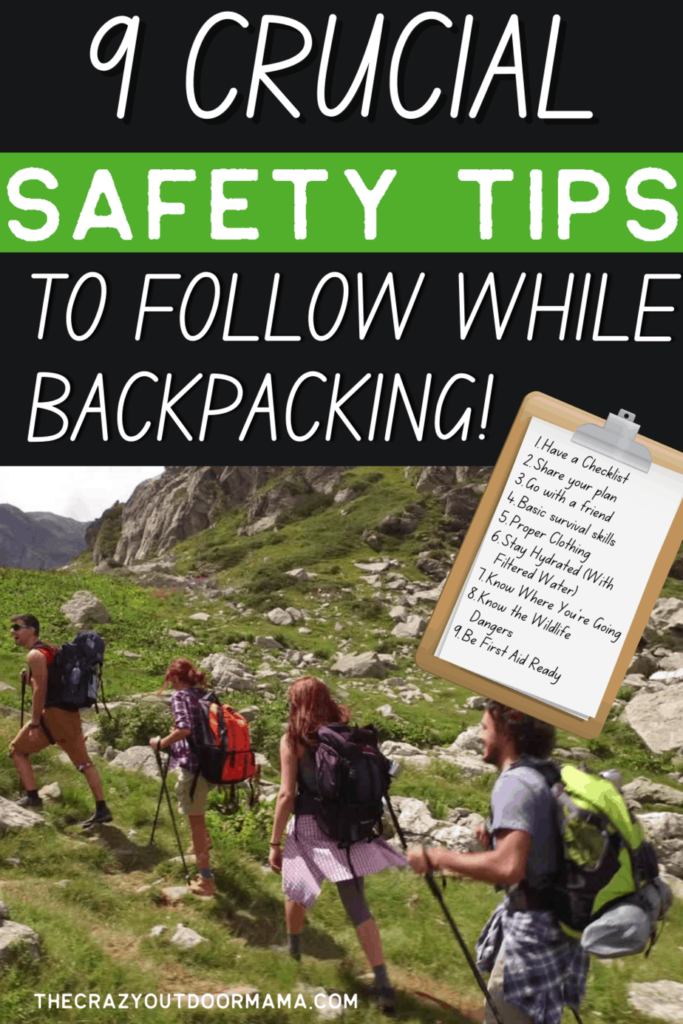
Conclusion
Solo backpacking adventures can be both exhilarating and challenging. By embracing the right mindset and being prepared with essential survival strategies, you can make the most of your experience and create memories that will last a lifetime.
Reaping the Benefits of Solo Backpacking
When you embark on a solo backpacking adventure, you have the freedom to set your own pace and explore at your own leisure. You can fully immerse yourself in nature and disconnect from the distractions of everyday life. The solitude allows for self-reflection and personal growth, providing a sense of inner peace and tranquility.
Embracing the Challenges
Solo backpacking also comes with its fair share of challenges. Being alone in the wilderness means that you are solely responsible for your safety and well-being. However, by being well-prepared and knowledgeable about navigation, first aid, and emergency protocols, you can confidently tackle any obstacles that come your way.
Enjoying the Freedom and Self-Reliance
One of the greatest joys of solo backpacking is the freedom and self-reliance it offers. You have the flexibility to choose your own path, make decisions based on your own preferences, and fully experience the sense of empowerment that comes with conquering the unknown.
In conclusion, solo backpacking adventures can be incredibly rewarding if approached with the right mindset and preparation. So grab your backpack, lace up your boots, and embark on a solo adventure that will push your limits and open your eyes to the wonders of the world. Happy trails!



